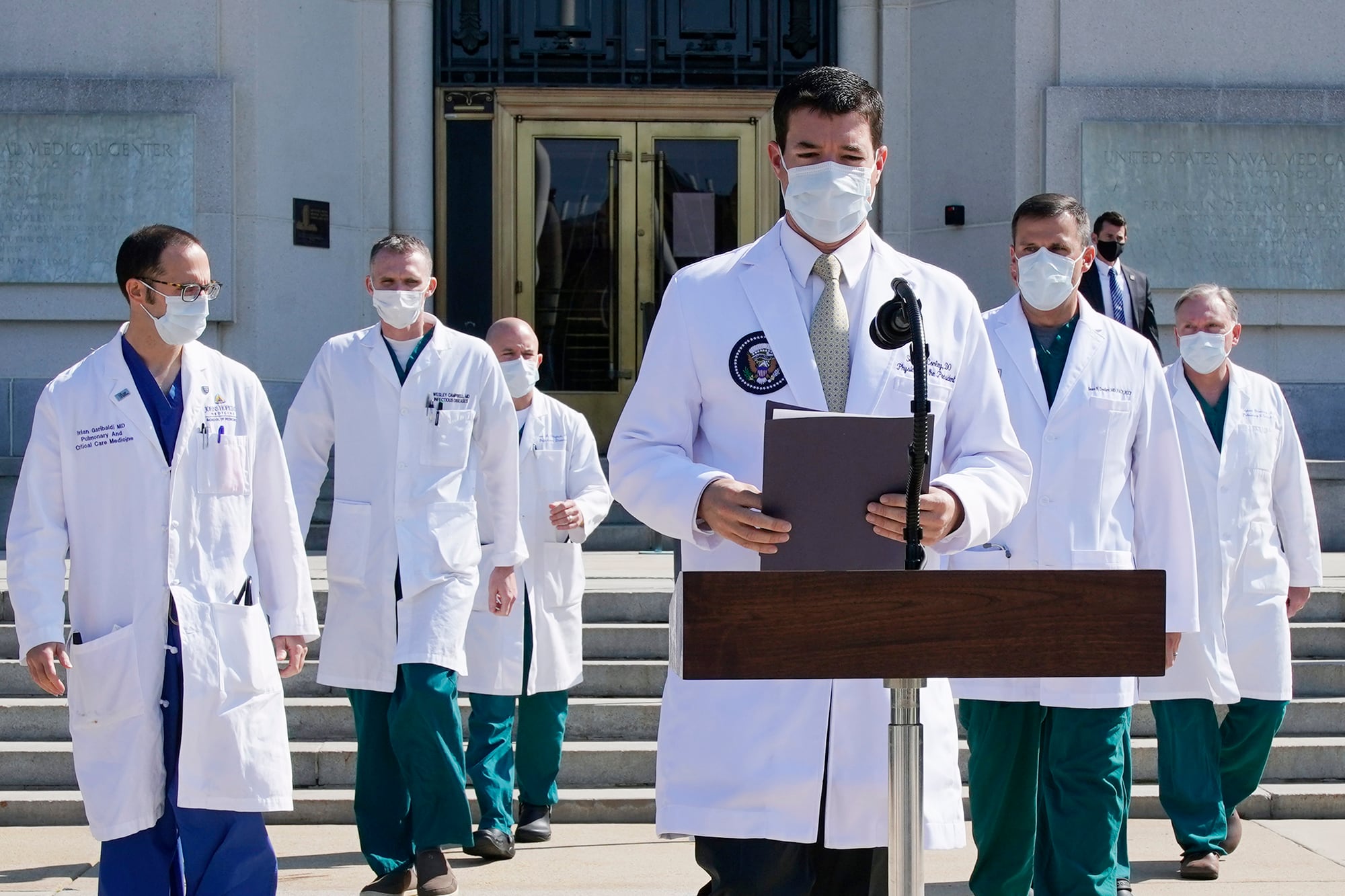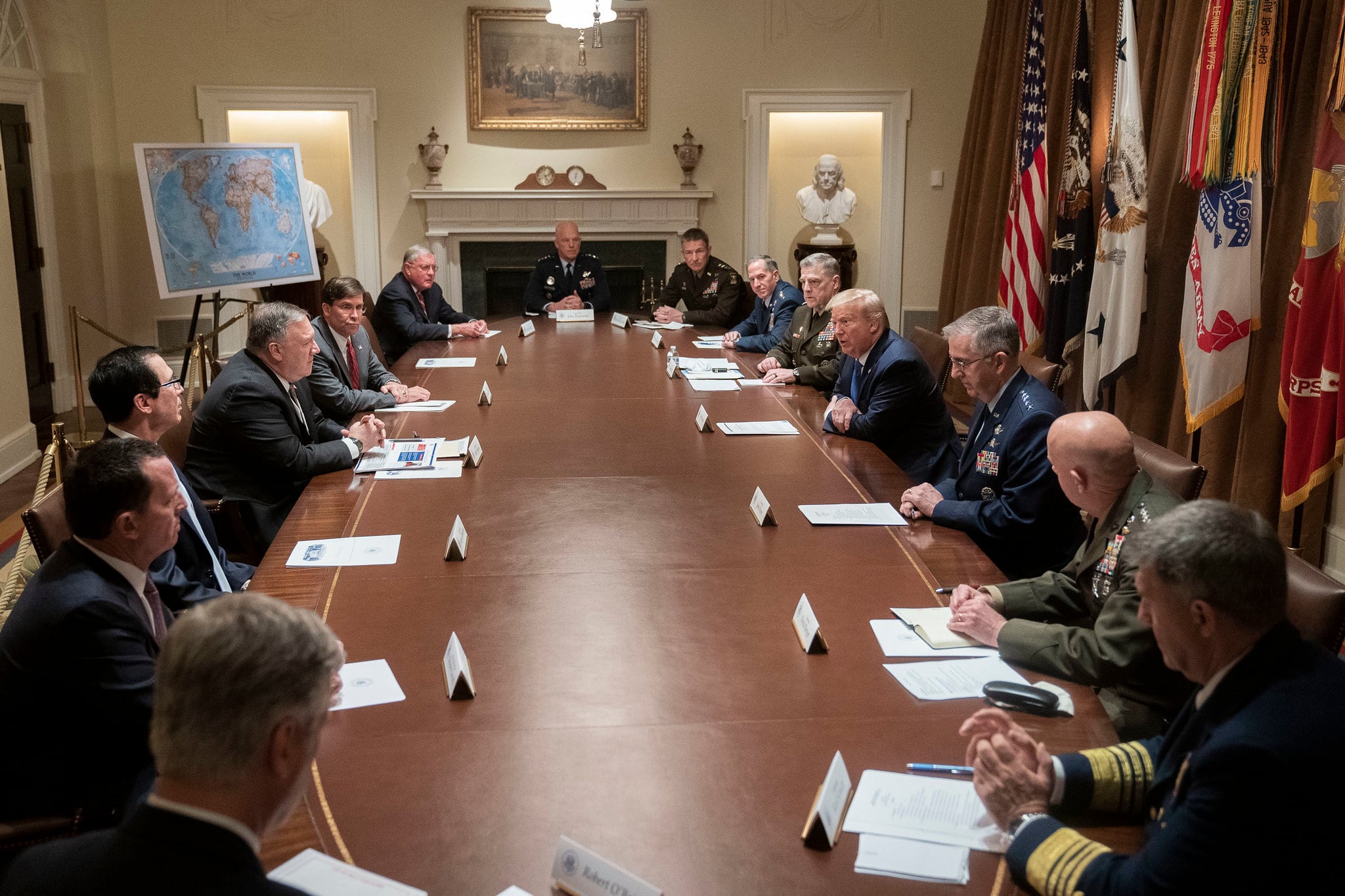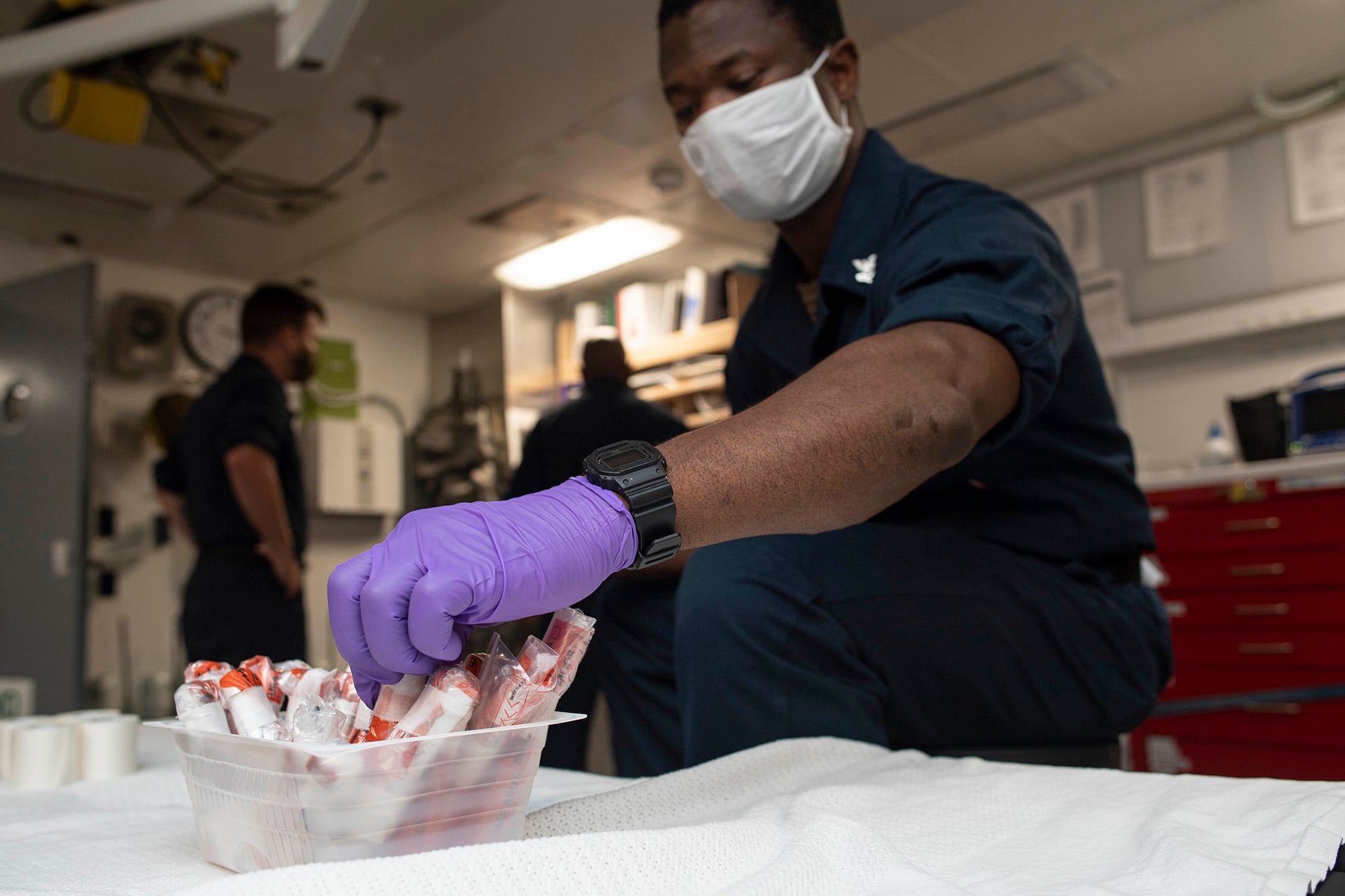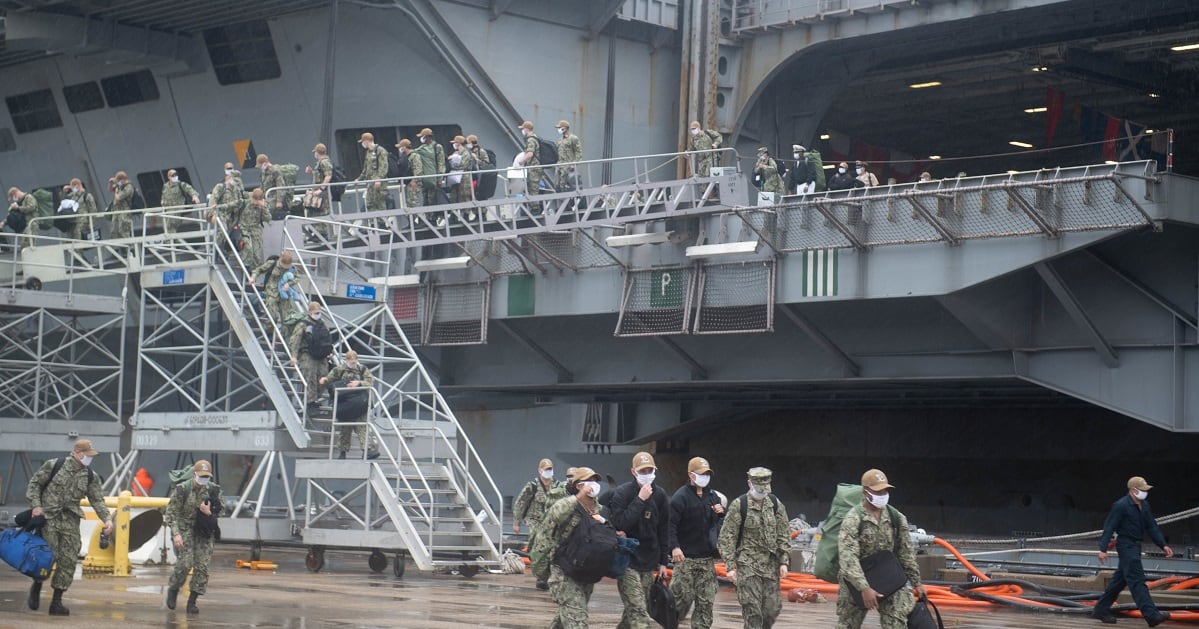More than 190 U.S. Navy ships have suffered a COVID-19 outbreak this year, Chief of Naval Operations Adm. Mike Gilday said in a message to the fleet late last month.
If that tally is limited to the sea service’s 296 deployable ships, it would mean nearly 65 percent of the fleet has experienced some level of infection by the novel coronavirus.
Officials did not immediately clarify that point.
At the same time, “aggressive early action” to isolate, quarantine and contact trace has helped contain outbreaks, he added.
Precisely which ships have suffered outbreaks, and the extent of those outbreaks, remains unclear.
Following Pentagon regulations, the sea service stopped reporting COVID cases at local units this spring.
RELATED

Navy spokeswoman Lt. Emily Wilkin told Navy Times this week that the 190 ships with at least one case onboard were a mix of ships at sea and in port.
“We have not had any [other] outbreaks like USS Theodore Roosevelt and USS Kidd,” she said in an email.
TR showcased the harrowing virality of COVID this spring, when an outbreak on the ship eventually infected roughly a quarter of its sailors and forced an emergency diversion to Guam.
Infections onboard the guided-missile destroyer Kidd afflicted at least 78 sailors, which was the last tally provided by the Navy before it stopped releasing updates.
Wilkin pointed to an outbreak onboard the aircraft carrier Ronald Reagan earlier this year that was successfully contained, with a handful of COVID-positive sailors flown off and the carrier able to continue operations without any new cases.
The revelation regarding how many ships have suffered COVID infection came about in updated guidance to the fleet sent Sept. 30 by the CNO regarding the novel coronavirus, which had infected 10,585 sailors as of Wednesday.
Officials said Friday that Gilday has tested negative for COVID but continues to self-quarantine at home along with other members of the Joint Chiefs of Staff after the vice commandant of the Coast Guard tested positive earlier this week.
RELATED

Roughly 35 percent of infected sailors have shown few to no symptoms, and Gilday wrote that “testing is the best way to uncover asymptomatic service members.”
At the same time, Gilday warned that “testing resources are constantly strained and may become more strained during influenza season.”
Sailor infection rates tend to mirror the local area, and three units have traced ship outbreaks “to command dinners at a public restaurant,” the CNO wrote.
“As the country continues to re-open, individual sailors and commands must show resolve in practicing proper health protection measures and avoid unnecessary risk,” Gilday wrote.
Wilkin declined to identify which ships had suffered outbreaks traced to restaurants, citing the Pentagon policy.
While offering a high-level view on how the pandemic has impacted the Navy and its sailors, Gilday’s recent guidance also offers more ground-level instructions for keeping everyone safe when a ship is on a cruise.
“Sailors should alternate head/foot where berthing configuration allows to minimize close contact,” he wrote. “Where possible, spread out sleeping arrangements. In congested berthings, ensure sailors use personal pillows and linens are regularly laundered.”
Gilday’s message again hammers home the effectiveness of the 14-day restriction of movement, or ROM, isolations that now precede a ship getting underway, what he called a “key enabler” of getting a ship to sea with a COVID-free crew.

Those ROMs often flow right into final at-sea training before a deployment begins.
In a copy of remarks Vice Adm. Phillip Sawyer made earlier this month, the deputy chief of naval operations for operations, plans and strategy gave a nod to the struggles COVID policies place on sailors and families.
“We know these mitigations are hard on Sailors and their families, adding extra family separation onto the beginning of a deployment and foregoing the chance to visit and enjoy foreign ports,” Sawyer said. “But it’s a critical piece of protecting our young women and women who have signed up to serve. All of this is about keeping our Sailors safe from this deadly virus.”
Geoff is the managing editor of Military Times, but he still loves writing stories. He covered Iraq and Afghanistan extensively and was a reporter at the Chicago Tribune. He welcomes any and all kinds of tips at geoffz@militarytimes.com.




